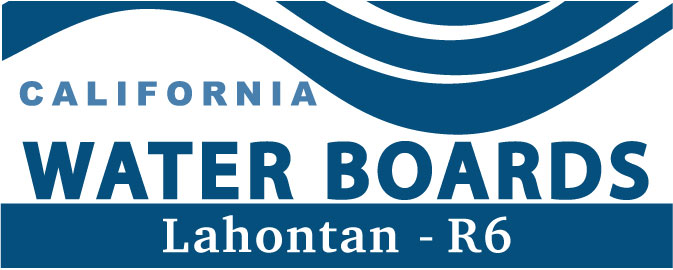Carson and Walker River - Sodium
H.U. 630.00-633.00
The Carson and Walker River watersheds are adjacent to each other, with headwaters located in Alpine and Mono Counties, California. The largest portions of both watersheds and most of the irrigated lands are in Nevada. The California watersheds include numerous small headwater lakes and streams, with several small streams that cross the state line. Both watersheds are internally drained, and the terminal waters in Nevada are remnants of prehistoric Lake Lahontan. The two watersheds share similar environmental characteristics and histories of human land use. Most waters of the Carson and Walker River watersheds are designated for the following uses:
- Municipal and Domestic Supply (MUN)
- Agricultural Supply (AGR)
- Ground Water Recharge (GWR)
- Water Contact Recreation (REC-1)
- Non-Contact Water Recreation (REC-2)
- Commercial and Sport fishing (COMM)
- Cold Freshwater Habitat (COLD)
- Wildlife Habitat (WILD)
- Spawning, Reproduction and Development (SPWN)
Additional uses apply to some waters, such as the “Water Quality Enhancement” (WQE) and Floodwater Retention (FLD) uses for wetlands. Basin Plan amendments adopted in 2000 removed the MUN use from Hot Creek and Fales Hot Springs in the West Walker River watershed in recognition of naturally high concentrations of toxic constituents from geothermal sources.
On October 12, 2006, under Resolution R6T-2006-0047, the California Regional Water Quality Control Board, Lahontan Region adopted amendments to Chapter 3 of its Water Quality Control Plan for the Lahontan Region (Basin Plan) to replace water quality objectives for Percent Sodium in the Carson and Walker River Watersheds with new objectives for a Sodium Adsorption Ratio (SAR). Sodium Adsorption Ratios are more widely used, specifically in Nevada where the majority of both the Carson and Walker River watersheds and most of the irrigated lands are located. In addition, Percent Sodium is no longer widely used as a criterion for irrigation water. Where ambient water quality is better than the new SAR standards, it will be protected under the State Anti-degradation Policy.
By maintaining water quality at or near historic levels in terms of sodium and other constituents of SAR, the new objectives will protect those uses. In terms of sodium and other constituents of SAR, the new objectives will protect water quality for other beneficial uses (e.g., municipal supply, aquatic life, and wildlife habitat uses) that could be affected by significant increases in sodium concentrations.
Available Documents
- Sodium Related Carson Walker Tech Report
- Water Quality Issues | Lahontan Regional Water Quality Control Board
- Lahontan Audubon Society
- Nevada Administrative Code Ch. 445a
- NDEP TMDLs for Walker Lake
- NDWR Walker River Chronology
- Nevada Farm Bureau
- U.S.D.A Soils Handbook
- U.S.D.A., N.R.C.S. Irrigation
- U.S.D.A. Soil Conservation Service, part 623 National Engineering Handbook
- State Board Resolution R6T-2006-0047



